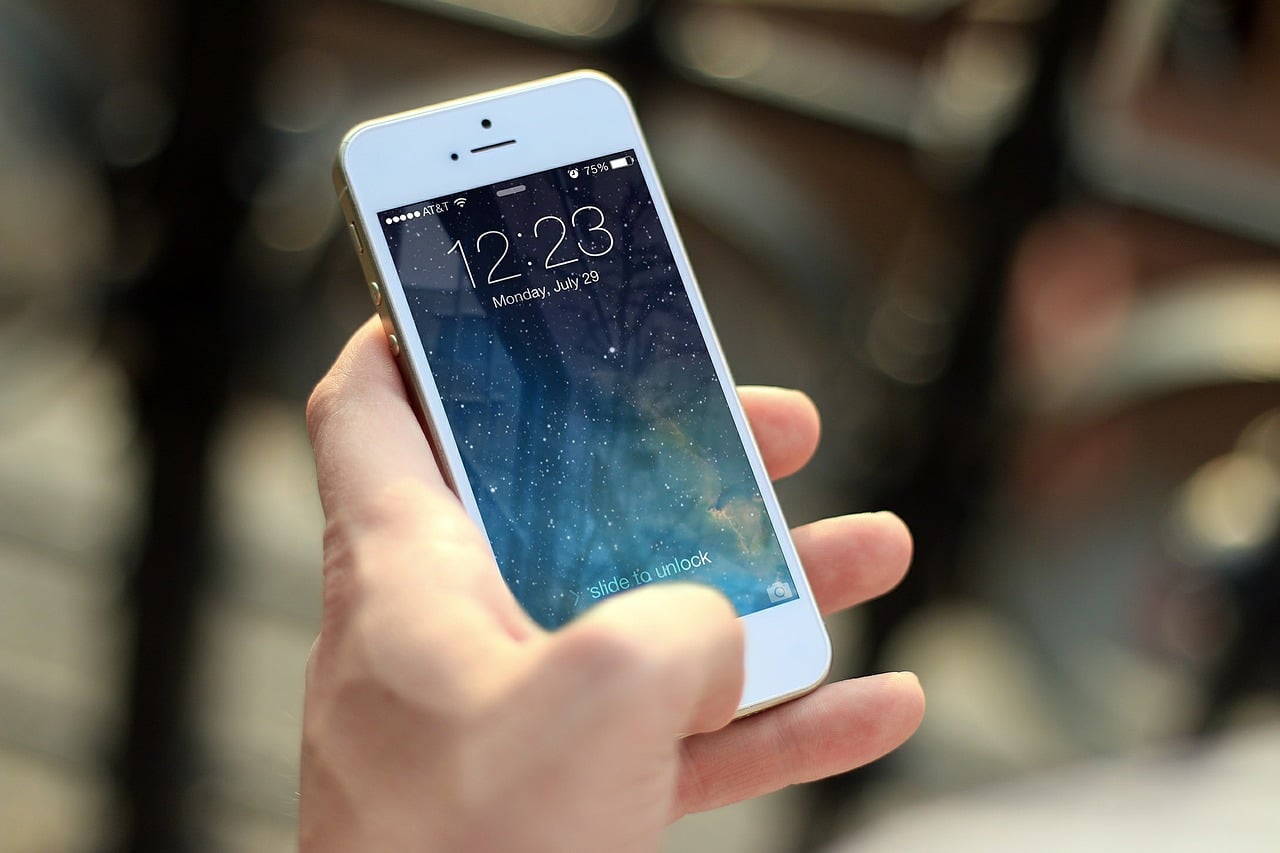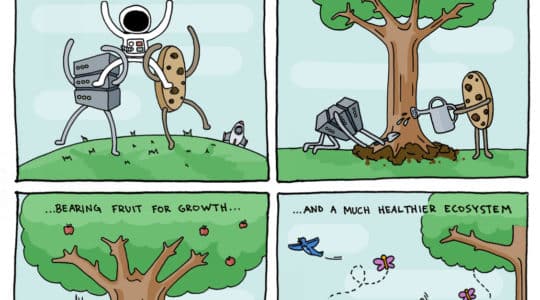 Mobile has liberated customers into a multichannel reality. Free to shop and research how and where they want, the lines between online and offline marketing channels are fading fast, if not altogether non-existent.
Mobile has liberated customers into a multichannel reality. Free to shop and research how and where they want, the lines between online and offline marketing channels are fading fast, if not altogether non-existent.
Marketers Take On The Mobile Multichannel Challenge
To win in the multichannel landscape, performance marketers are expanding their horizons and tapping into more mobile channels to grab the attention of an ever-growing audience who have close relationships with their phones. More than half of WiFi connections occur via mobile devices according to eConsultancy.com, and mobile paid search is on the rise – especially since the launch of Google enhanced campaigns.
With Mobile app usage expanding, marketers are investing more of their budgets to get in front of these users. In-app advertising is expected to reach $17 billion by 2018. Compare that to a measly $3.5 billion in 2013 (source: VentureBeat). The spending is steep, but on track when you consider that 86% of time spent on the mobile web is spent on apps, as reported from mobile app analytics provider, Flurry.
The Fatal Flaw in Today’s Attribution Models
With so many channels and stops on the mobile path to purchase, multichannel attribution is vital. But even performance marketers, whose revenue depends on getting credit for the leads and they drive, are slow to go beyond last-click attribution. PerformanceIn.com reports that only 35.7% seek alternatives to last-click attribution.
Mobile is the Great Bridge Between Online and Offline
Attribution models that only account for last clicks, or only account for online activity are robbing both publishers and brands of revenue.
Ask yourself: what happens when online mobile campaigns trigger offline transactions? Online and offline channels intersect more than ever, mobile being a major contributor of multichannel conversions including continued research, in-store visits, and phone calls (source: Google Mobile Search Moments). 70% of mobile searchers have called a business directly from the search results page, not to mention the number of prospects that click-through to a landing page and then call (source: Google The Role of Click to Call). This should be a sobering thought for any performance marketer who is either not actively driving these types conversions, or who doesn’t have attribution data for inbound calls.
Inbound Phone Calls Are Critical Points of Contact
PerformanceIn.com reports that 0.4% of people browsing on a mobile device will go on to make a purchase. But that only includes online purchases. When you factor in purchases made over the phone, that number increases by over 150%. If you’re not targeting and tracking mobile users who would rather make a purchase by phone, you’re missing out on significant revenue.
An attribution model that includes online and offline activity aligns brand and publisher priorities by encouraging publishers to contribute from various channels, on various points in the path to purchase. The result is more traffic and sales for brands. Say goodbye to the overly competitive and saturated last-click model. It’s time for everyone to grow and match analytics and attribution solutions to a new mobile world.
Author
Becky is the Senior Content Marketing Manager at TUNE. Before TUNE, she handled content strategy and marketing communications at several tech startups in the Bay Area. Becky received her bachelor's degree in English from Wake Forest University. After a decade in San Francisco and Seattle, she has returned home to Charleston, SC, where you can find her strolling through Hampton Park with her pup and enjoying the simple things between adventures with friends and family.




Great post! I love your stats, especially the fact that 70% of mobile searchers end up calling a business directly from the search page. There’s definitely a gaping hole in a lot of current attribution models
Good read. Well done.